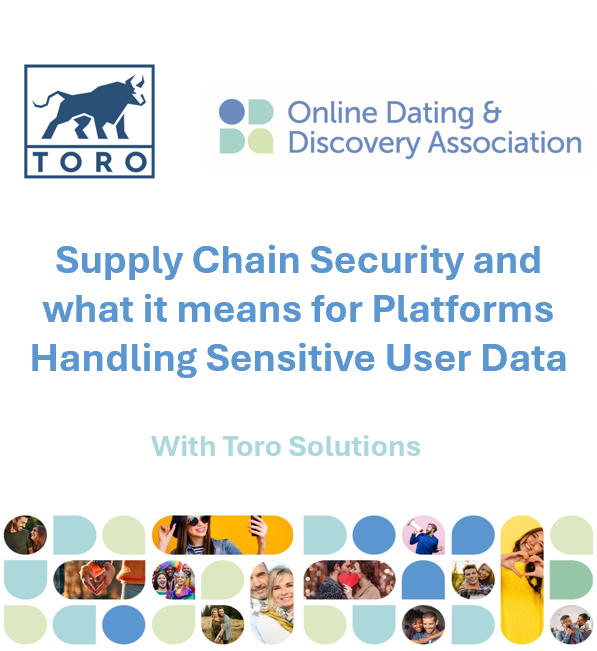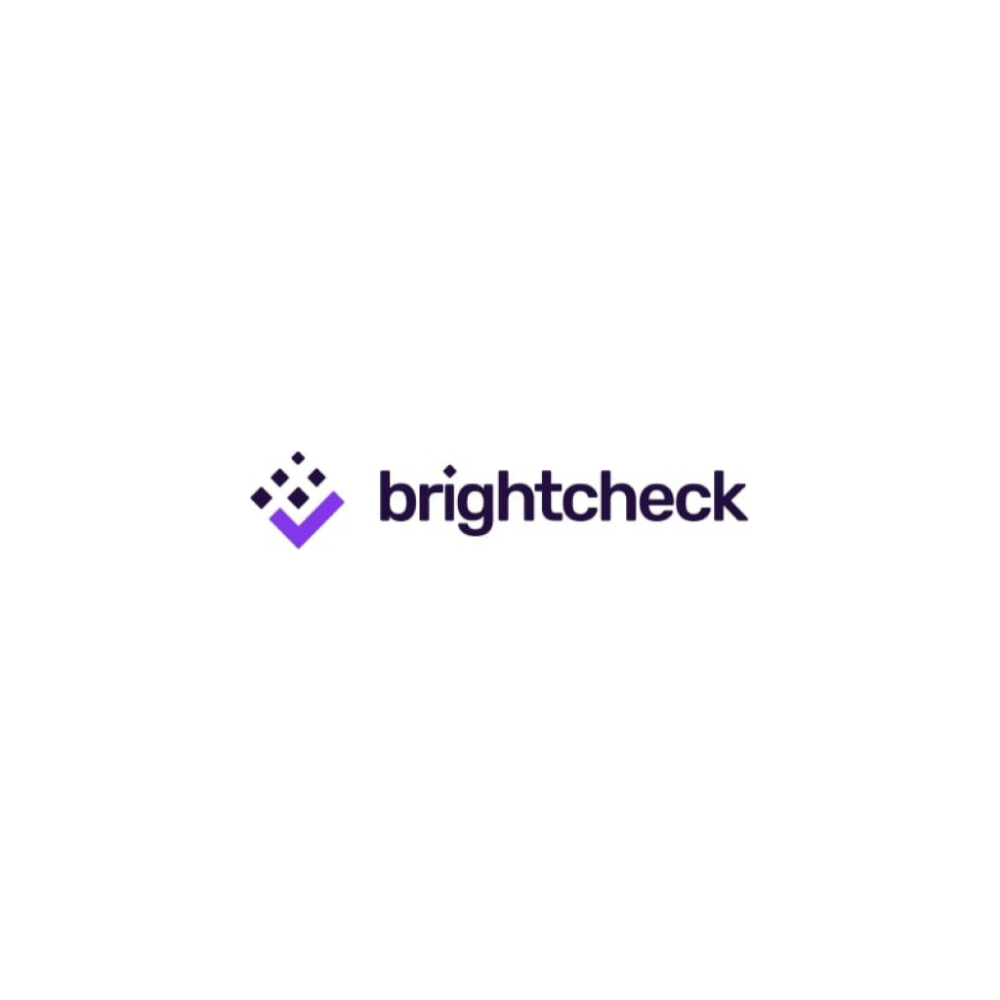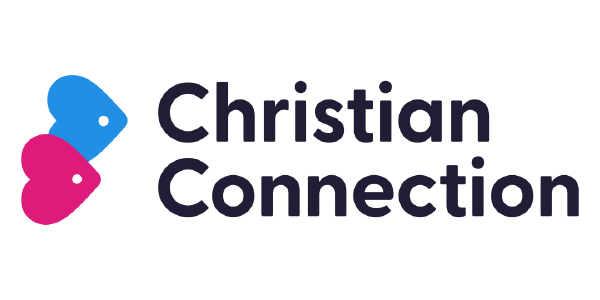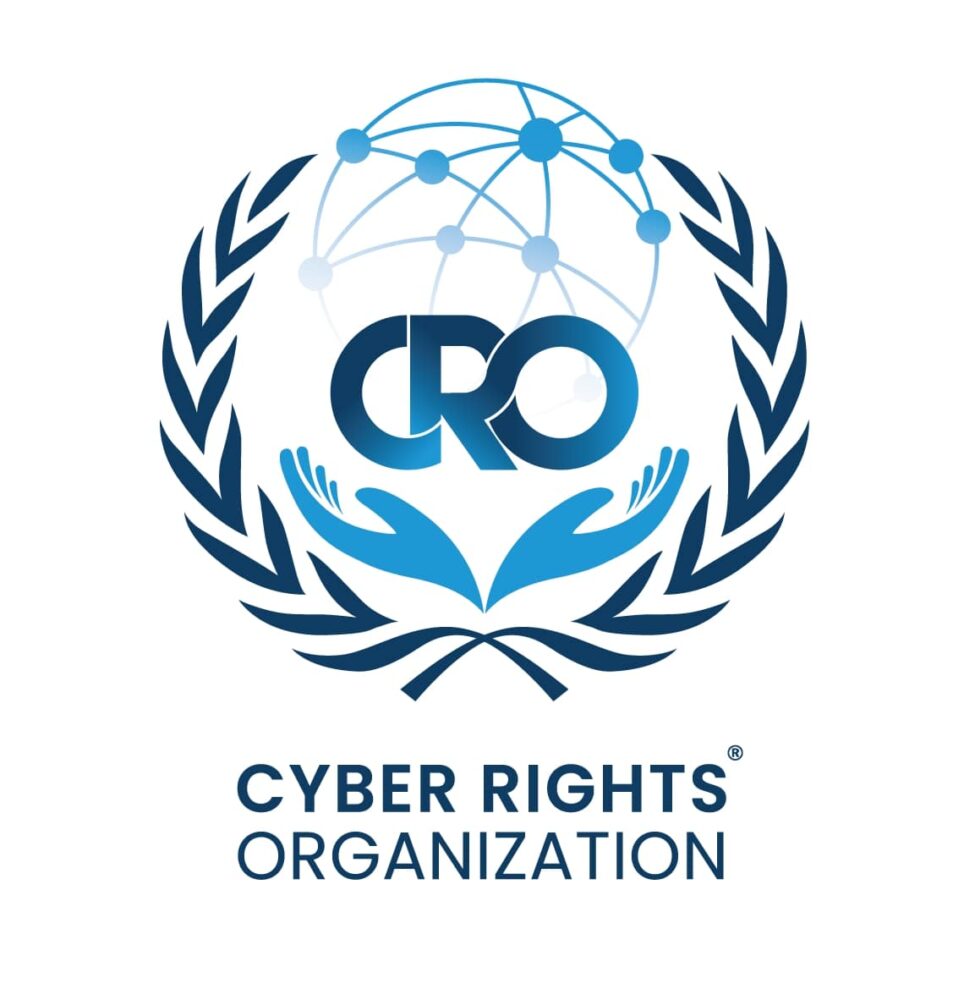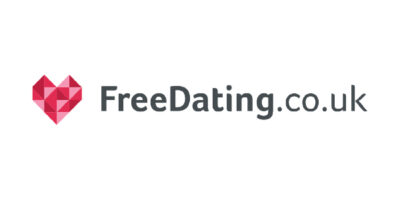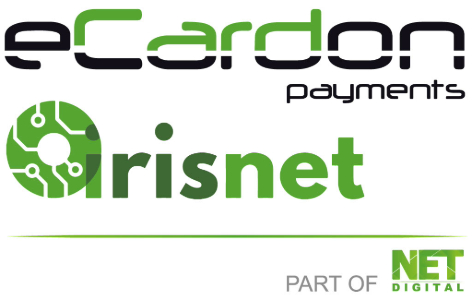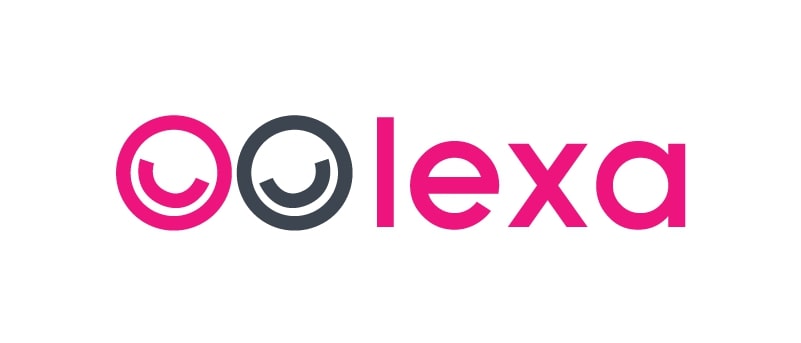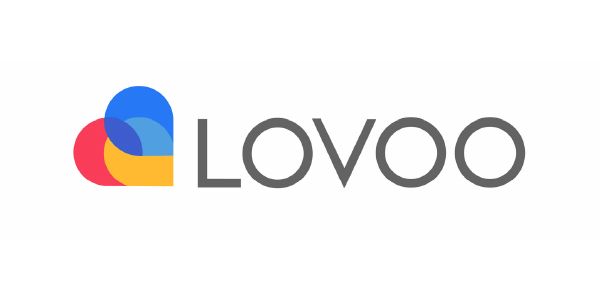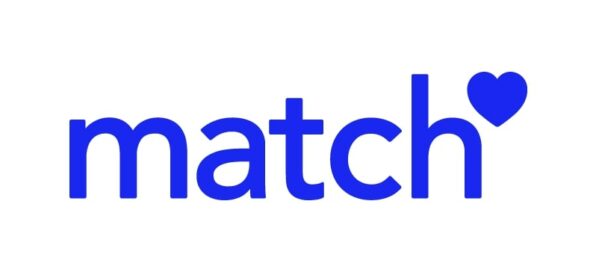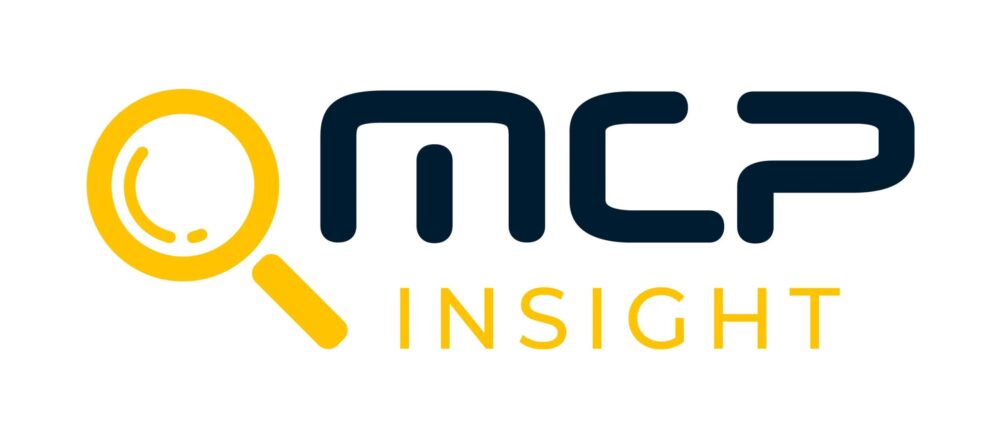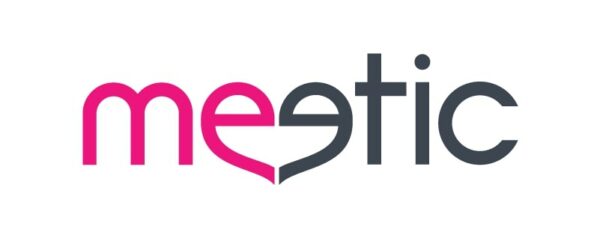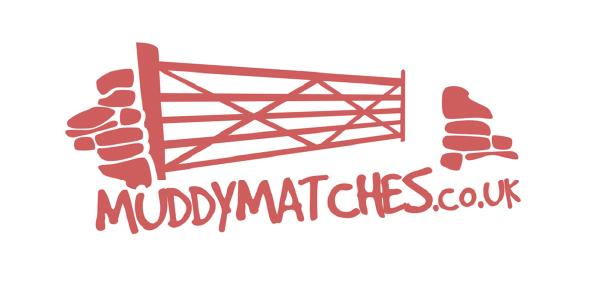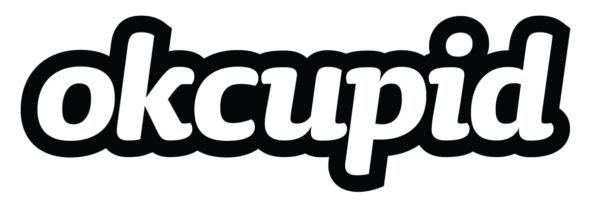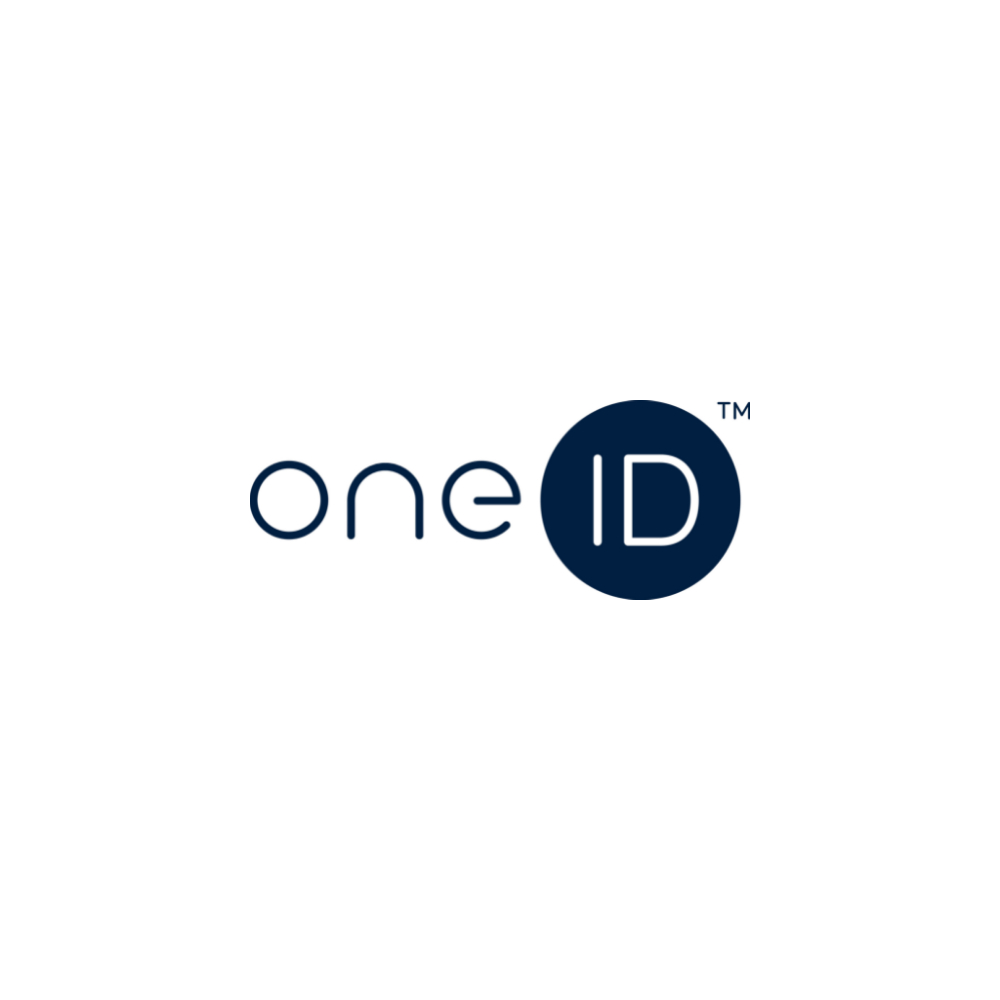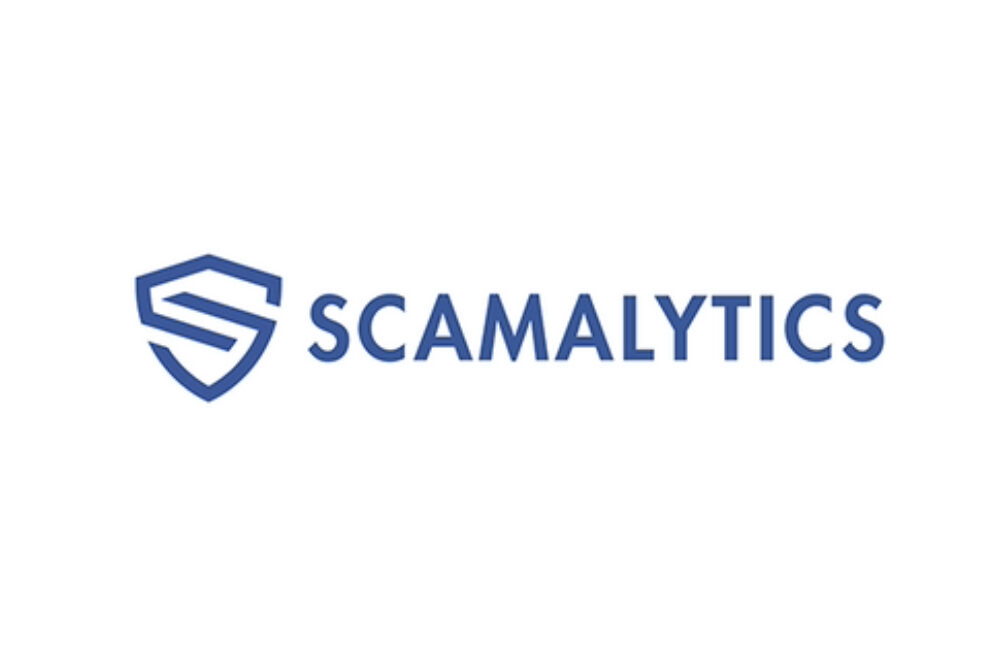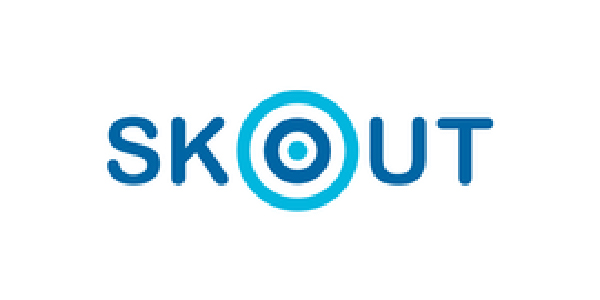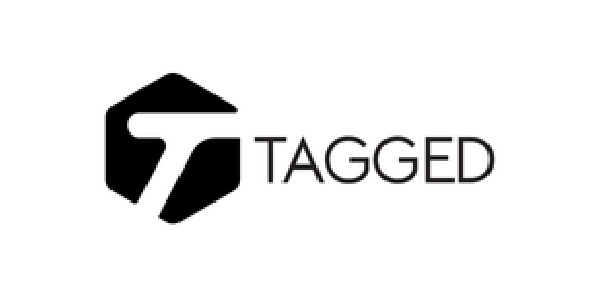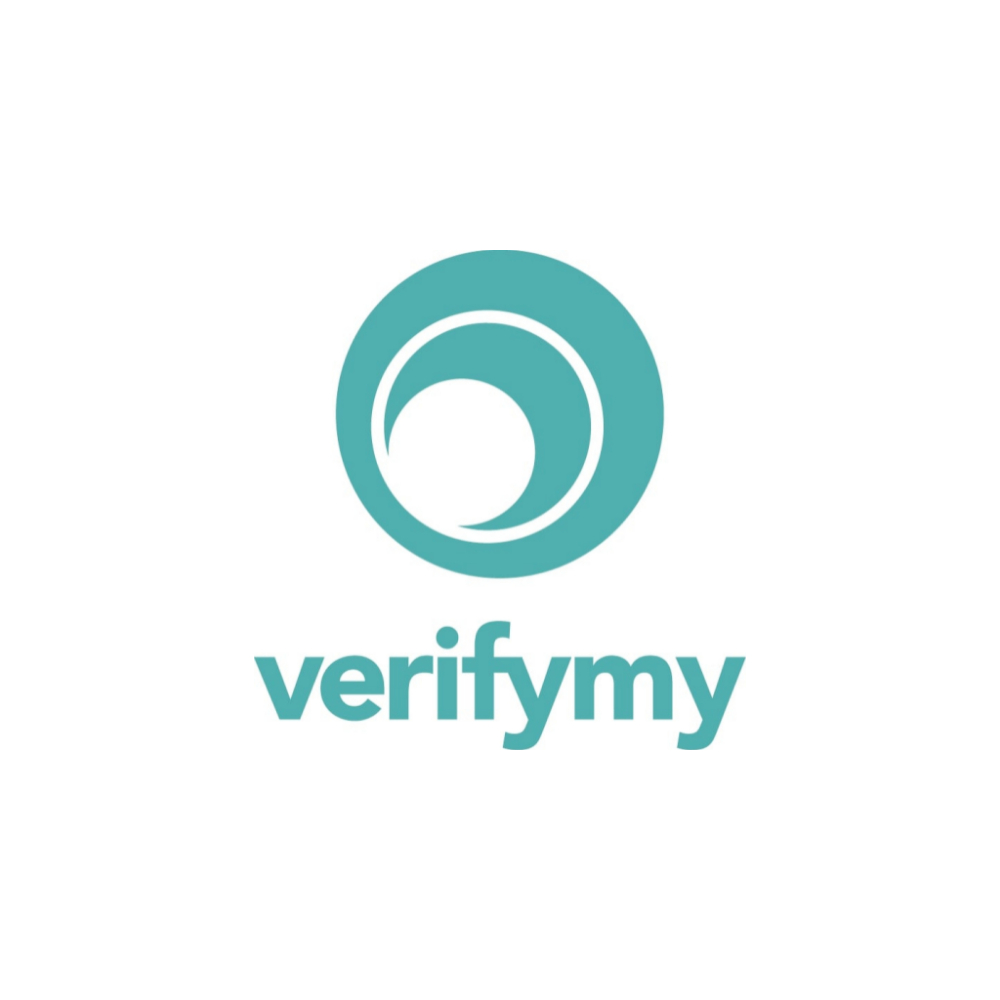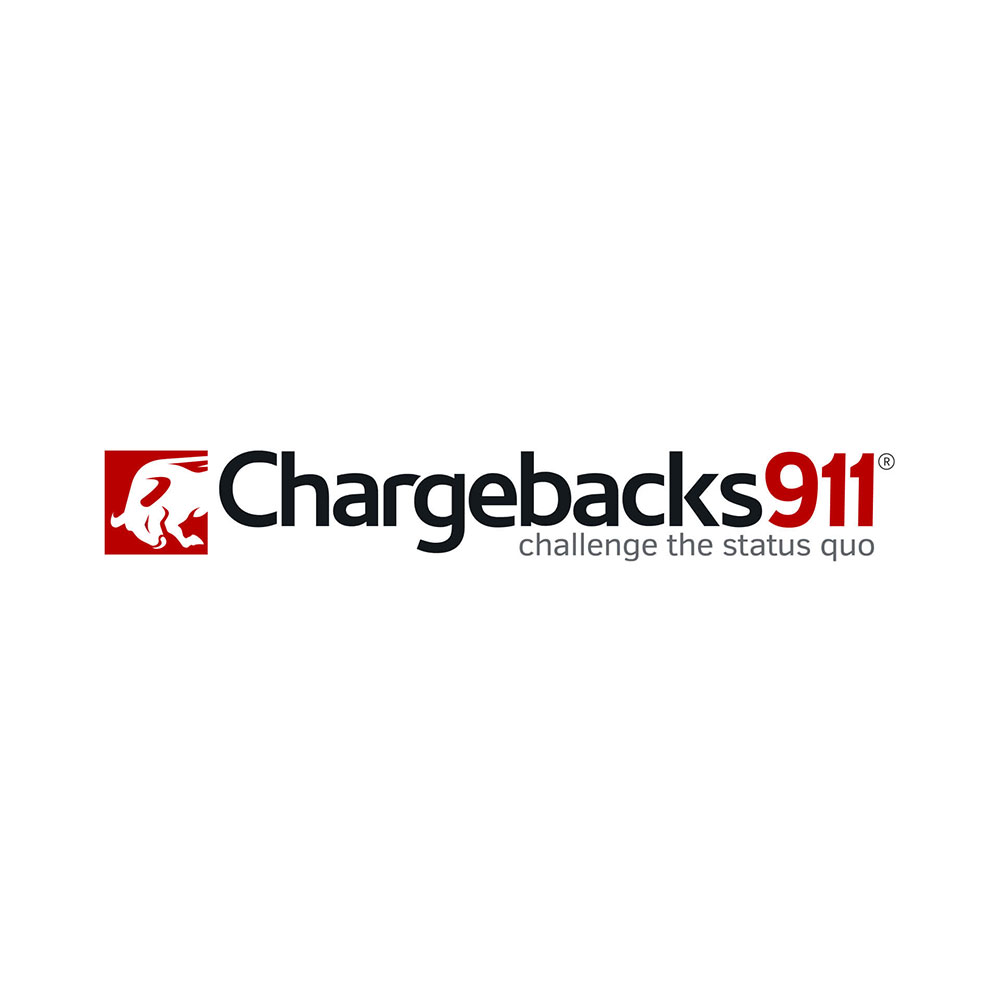
What you should know about chargebacks in the dating space
Think back to the early days of the online dating space. Who would have predicted that finding love online would eventually become the global standard?
Indeed, online dating is now the most popular way to meet a spouse, with one in every four couples meeting through a dating app. About 30% of adults in the US have tried online dating, and more than half of Americans agree that relationships that begin online are just as successful as those that start in person.
This translates to big business. According to data published by Statista, online dating services are expected to have reached 413 million active users worldwide by the end of 2022, generating roughly $3.7 billion in revenue.
It’s a growth industry with massive potential. New platforms appear constantly, each serving specific, yet active niches in the dating scene. That said, running any online business requires secure payment support.
Dating services are often marked as ‘high-risk’ ventures. This is because the vertical tends to increase the likelihood of chargebacks and disputes.
How can platforms take advantage of the online dating boom without the financial heartache of frequent chargebacks? Let’s find out.
Chargebacks: Explained
Helping people find love online is great. You get to facilitate meaningful human interaction and enjoy a profitability scale that can keep you in business indefinitely. What about those chargebacks, though?
A chargeback is a forced payment reversal conducted at the bank level. This means a cardholder who isn’t satisfied with a merchant’s handling of a transaction may contact their issuing bank or network to force a “refund.” The practice started almost fifty years ago as a means to protect consumers from fraud and abuse.
Merchant error and criminal fraud still account for a substantial share of chargebacks. You may inadvertently cause a chargeback by making a mistake on someone’s bill or failing to record an address correctly, for example. Or, you may receive chargebacks on a transaction that resulted from a cardholder being victimized by a fraudster.
All that said, the most common chargeback trigger in contemporary eCommerce is a practice known as friendly fraud.
Friendly fraud occurs when a cardholder abuses the chargeback process. This may be a genuine accident, or it can be intentional. The end result is the same, though: you lose revenue.
What are the Consequences of Chargebacks?
Your “chargeback ratio” refers to the number of chargebacks you receive each month as a portion of overall transactions. This figure determines your merchant status, and if it gets too high, you could be marked as a high-risk merchant.
Of course, many dating sites are considered “high-risk” by banks and processors. That means they consider the vertical to be inherently at an elevated risk for chargebacks. This is determined by your merchant category code (or MCC).
As a high-risk merchant, you will generally be forced to pay higher transaction fees and penalties. You may also be required to maintain a merchant account reserve, meaning a portion of your revenue will be frozen in case of a hypothetical surge in chargeback issuances.
This may seem unfair. However, it is entirely within the bank’s purview to categorize merchants this way for now.
It’s not all bad news, though: while you may pay more to be a high-risk merchant, it could work out for you in the long run. It all depends on your chargeback exposure each month.
High-risk merchants pay more upfront to work with a processor specializing in this subset of merchants. The tradeoff is that, even if you do suddenly see a surge in chargeback activity, your ability to process payments is still secure. You don’t have to worry about interruption of service or sudden cash flow shortages caused by a frozen or cancelled account.
Much Ado About Chargebacks
So, as discussed above, operating in a high-risk vertical like online dating can have some upsides. However, you still want to take steps that can help minimize chargeback risk wherever possible.
You can prevent chargebacks, optimize the customer experience, and retain more revenue by adopting a few basic best practices:
- Develop a Clear Refund Policy: Customers should know exactly which circumstances entitle them to a refund, and how to request said refund.
- Make Cancellations Easy: You don’t want to see customers leave, but cancellation is far better than a chargeback. Don’t make it difficult to break up… after all, they may return to you later.
- Crystal Clear Policies Win: Be upfront about recurring charges and subscriptions, especially if it involves free trial offers.
- Use Obvious Billing Descriptors: If customers can’t identify your charge on a billing statement, they may mistake it for fraud and file a chargeback instead.
- Offer Tip-Top Customer Service: This goes without saying, but providing consistent, round-the-clock assistance via multiple service channels is a great way to reinforce customer confidence in your service.
Online dating is an innovative and profitable venture. Having said that, it’s always wise to be aware of the cons associated with a vertical before investing time and money.
High-risk merchant status is not the “kiss of death” many merchants think it is. You should still take the time to keep your options open and look for chargeback red flags wherever possible, though. Just because you’re operating in a high-risk space doesn’t mean you have to accept chargebacks as a cost of doing business.
